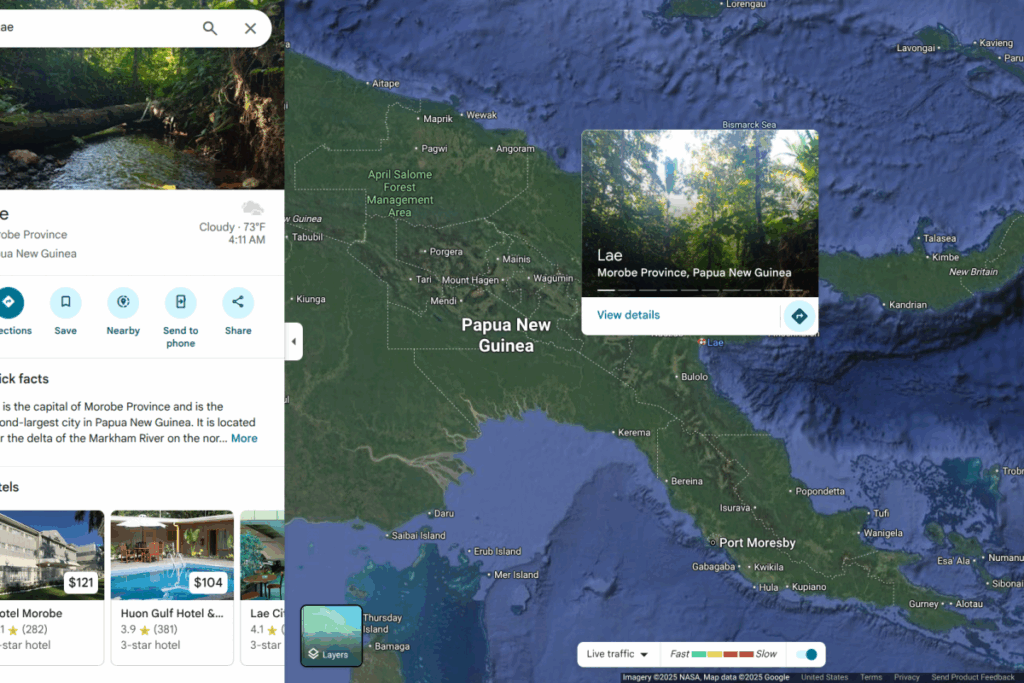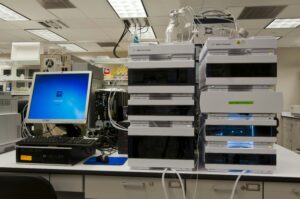
The National Department of Health (NDoH) in Papua New Guinea, alongside the World Health Organization (WHO) and other partners, has confirmed the first human case of paralytic poliomyelitis caused by circulating vaccine-derived poliovirus type 2 (cVDPV2) in 2025. This case involves a four-year-old unvaccinated boy from Lae, Morobe Province, who developed acute flaccid paralysis (AFP).
This alarming development marks a significant shift in the country’s polio response, as the virus has moved from environmental detection to directly affecting children. A total of 28 positive samples have been reported this year, underscoring the urgency of the situation.
“Polio is preventable. The vaccines are safe, effective, and free,” said Dr. Sevil Huseynova, WHO Representative in PNG, in a media statement on August 28, 2025. “But we must act together—with urgency and unity. WHO stands ready to support every province, every health worker, and every community.”
Nationwide Vaccination Campaign Underway
In response to the outbreak, Papua New Guinea has launched a nationwide Supplementary Immunization Activity (SIA) in August 2025, targeting children under the age of ten with the novel oral polio vaccine (nOPV2). The campaign, initially set to conclude at the end of August, has been extended to September 5 to help provinces achieve the critical 95% vaccination coverage target. As of August 26, national coverage stands at 41.2%, with Hela Province leading at 91%.
A second round of SIA is scheduled from September 29 to October 17, incorporating both nOPV2 and the Inactivated Polio Vaccine (IPV) to provide stronger and longer-lasting protection. Over 9 million doses of nOPV2 and 4 million doses of IPV have been secured, along with additional stocks of measles-rubella, pentavalent vaccines, Vitamin A, and deworming tablets.
Historical Context and Global Implications
The announcement comes as a stark reminder of the challenges faced by countries in eradicating polio. Historically, Papua New Guinea has been polio-free since 2000, but the re-emergence of the virus highlights the persistent threat it poses, especially in regions with low immunization coverage. The last outbreak in 2018 led to a nationwide vaccination campaign that successfully contained the virus, but the current situation emphasizes the need for sustained vigilance and immunization efforts.
Globally, polio remains a concern, with cases of vaccine-derived poliovirus reported in several countries, including parts of Africa and Asia. The WHO and global health partners continue to advocate for comprehensive vaccination strategies to prevent outbreaks and protect vulnerable populations.
Expert Opinions and Future Outlook
According to Dr. John Smith, a leading epidemiologist at the Global Polio Eradication Initiative, the situation in Papua New Guinea is a critical test of the global community’s ability to respond swiftly and effectively to polio outbreaks. “The deployment of over 13 million polio vaccines is a massive logistical undertaking, but it’s essential to prevent further spread,” he stated.
Meanwhile, the success of the vaccination campaign will depend on overcoming logistical challenges and ensuring community engagement. Local health workers play a crucial role in educating communities about the importance of vaccination and dispelling myths that may hinder participation.
By the Numbers: As of August 26, national polio vaccination coverage in Papua New Guinea is at 41.2%, with Hela Province leading at 91%.
Looking ahead, the focus will be on achieving the 95% coverage target to ensure herd immunity and protect children from the debilitating effects of polio. The lessons learned from this campaign will be vital for future public health initiatives, both in Papua New Guinea and globally.
The move represents a significant step forward in the fight against polio, but it also serves as a reminder of the ongoing challenges in maintaining high vaccination rates and preventing future outbreaks. As the campaign progresses, the world will be watching closely to see how Papua New Guinea navigates this public health challenge.






